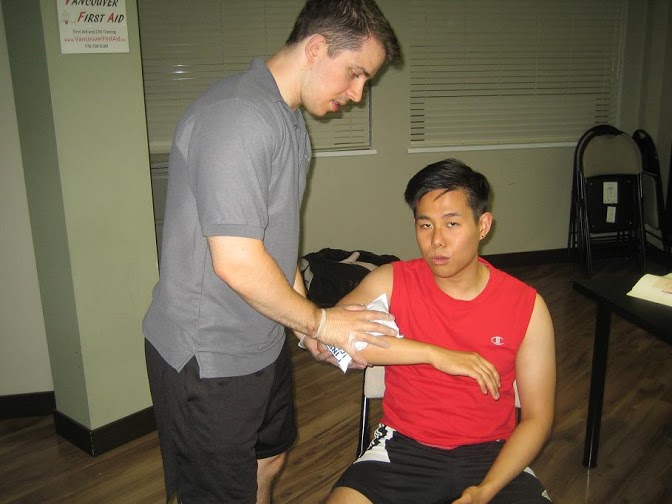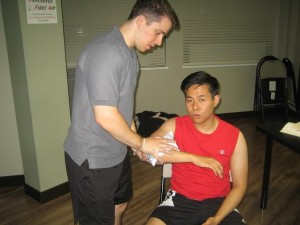It is vital to provide wound treatment right away until a healthcare professional can be seen. Nevertheless, most wounds or injuries that usually occur at home, school or in the workplace are not life-threatening and do not require further medical care once first aid measures are provided.
Common wounds at home
The usual wounds and injuries that occur at home include the following:
- Bites and stings – usually from animals or insects and even humans.
- Thermal injuries – caused by cold or hot objects and surfaces that came in contact with the skin such as a hot stove, boiling water or prolonged contact with ice.
For a minor skin wound or life-threatening injury, all forms of wounds must be managed with wound treatment on site without any delay since it can save a limb or a life. - Skin penetrating wounds – include punctures from sharp objects or gunshot wounds
- Chemical injuries – caused by exposure to corrosive substances particularly with some home cleaning agents or chemicals in laboratories and industrial facilities.
- Blunt injuries – these include lacerations, concussions and abrasions
- Electrical wounds – burns on the skin or shock injuries due to contact with an electrical current that has high voltage
Importance of first aid
For a minor skin wound or life-threatening injury, all forms of wounds must be managed with wound treatment on site without any delay since it can save a limb or a life.
Providing first aid can control any bleeding, minimize the risk for infection or halt the spread of venom in the body in case of bites or stings.
Immediate care can also prevent the need for further medical care that can be costly as well as allow the wound to heal with minimal scarring.
Disclaimer / More Information
The information posted on this page on wound treatment at home is for learning and educational purposes only. To learn to manage wounds at home and provide proper wound care, register for first aid training at one of our training centers located throughout Canada. The training centers are location in Edmonton, Calgary, Vancouver, Surrey, Kelowna, Winnipeg, Toronto, Ottawa and Halifax.
Wound treatment at home
The application of topical antibiotics, covering wounds using a dry bandage and using pain medications to reduce the pain are useful for all forms of wounds. The specific measures on wound treatment include the following:
- Chemical injuries – rinse the wound site under running tap water until the chemical is thoroughly washed away and apply a clean bandage with or without an antibiotic cream.
- Thermal injuries – you have to remove the source and remove any clothing from the burned area and wash using cool water. An alternative is to place a cold compress until the pain settles and apply a clean bandage.
- Blunt injuries – rinse using tap water and clean with a disinfectant solution. Apply a topical antibiotic ointment and cover using a clean bandage.
- Stings and bites – irrigate the wound using running tap water and apply a disinfectant or topical antibiotic ointment. Cover with a clean bandage and seek medical care.
- Electrical injuries – turn off the power source if possible or move the individual away from the source using an insulated object such as plastic tools or a wooden stick. Minor electrical burns can be managed using cool water. Apply a mild antibiotic ointment after cleaning and cover the wound.


